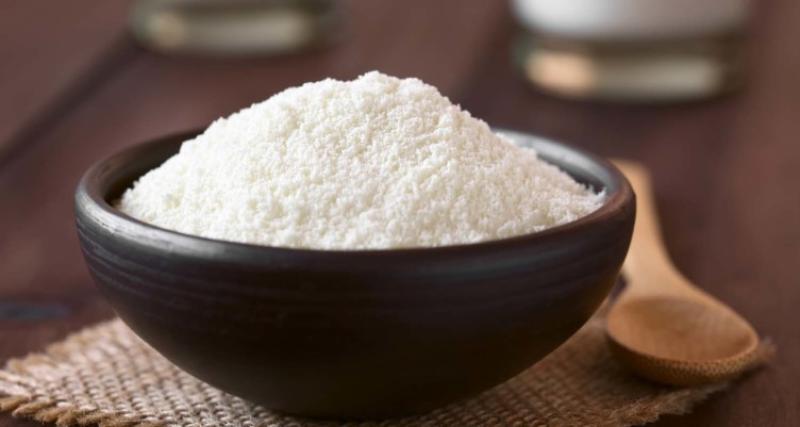Chemical Properties and Production
Dimethylolpropionic acid (DMPA) is an organic compound with the formula CH3C(CH2OH)2CO2H. It is classified as a glycolic acid and is typically supplied as a white crystalline solid. DMPA contains two hydroxymethyl functional groups that impart high reactivity making it a versatile intermediate in chemical synthesis. Industrially, DMPA is produced via the hydrolysis of isobutylene followed by aqueous formaldehyde. This reaction produces DMPA in high yield and purity suitable for further downstream applications. Key advantages of this production route include mild reaction conditions, absence of toxic byproducts, and compatibility with large scale manufacturing needs.
Waterborne Coatings and Adhesives
One of the largest uses of Dimethylolpropionic Acid is in the production of waterborne coatings and adhesives. The hydroxymethyl groups of DMPA readily react with other compounds to form water-soluble polymers and resins. Specifically, DMPA is commonly reacted with acrylates, epoxies, and polyols to introduce hydroxyl functionality and promote water solubility. The resulting DMPA-derived polymers and resins exhibit excellent adhesive properties and film formation when applied from aqueous media. They provide key benefits over traditional organic solvent-based systems in terms of reduced emissions, improved safety, and enhanced application methods. DMPA enables formulators to efficiently transition coating and adhesive technologies to more environmentally-friendly waterborne platforms.
Cement and Concrete Modifiers
Cement and concrete produced significant environmental impact owing to their carbon footprint and usage of raw materials. Dimethylolpropionic acid plays a role in developing more sustainable cementitious formulations. It functions as an organofunctional retarder and plasticizer when combined with cement slurries. The hydroxymethyl groups of DMPA coordinate to the metal cations present in cement, disrupting crystal growth and hydration kinetics. This leads to improved workability and flow-ability of wet concrete without compromising set and strength development. DMPA also enhances adhesion between cement and aggregate surfaces. Overall, DMPA allows for reduction in water demand and optimizing concrete properties with improved strength and durability. Its usage as cement additive helps lower the carbon footprint of concrete construction.
Fiber Treatment
Textile fibers require treatment with suitable chemicals to impart properties like dyeability, softness, and antibacterial activity prior to processing. DMPA serves as a multifunctional agent for fiber treatment. Its hydroxymethyl groups impart high affinity for natural and synthetic fibers through hydrogen bonding and crosslinking interactions. When applied to fibers in the presence of crosslinking agents, dimethylolpropionic acid forms covalent bonds creating durable finishes. It enhances fiber receptivity towards varied dyes through improved wetting. DMPA treatment also suppress bacterial growth on fibers, imparting long lasting antimicrobial effects. Overall, it represents a sustainable solution for modifying fiber properties and performance with reduced chemical consumption and effluent generation.
Ceramic Binders and Additives
Ceramic formulations employ diverse binders and additives to control rheology and promote densification during shaping and high temperature firing cycles. DMPA functions as a reactive additive in various ceramic composites through its high reactivity and thermal stability. It effectively binds ceramic powders through surface complexation and polymerization reactions. Dimethylolpropionic acid forms thermally stable three-dimensional networks within ceramic batches that grant excellent green strength and handling properties. During firing, its charring residues promote sintering and densification leading to mechanically robust ceramic end products. Key application areas include technical ceramics, refractories, dental porcelains where DMPA delivers enhanced moldability and densified microstructures. Its versatility in ceramic processing stemmed from the reactive hydroxymethyl groups.
dimethylolpropionic acid is a versatile organic intermediate leveraged across multiple industrial sectors due to its unique chemical structure containing two reactive hydroxymethyl functional groups. It efficiently enables transitioning technologies to more sustainable waterborne platforms in coatings, adhesives through imparting solubility. DMPA also serves as an effective additive for cement, fibers, and ceramics where it promotes properties like workability, dyeability, strength through surface interactions and crosslinking. Overall, DMPA differentiated properties and reactivity profile have established it as an indispensable building block in industrial material synthesis and processing.
For Deeper Insights, Find the Report in the Language that You want:
About Author:
Money Singh is a seasoned content writer with over four years of experience in the market research sector. Her expertise spans various industries, including food and beverages, biotechnology, chemical and materials, defense and aerospace, consumer goods, etc. (https://www.linkedin.com/in/money-singh-590844163)
